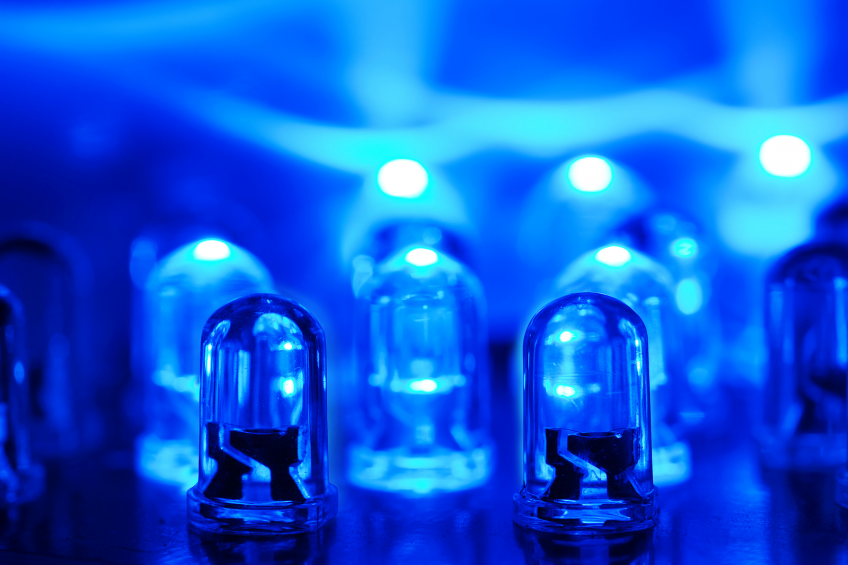Study: Mitigating foodborne pathogens with blue LEDs

Blue light emitting diodes (LEDs) have strong antibacterial effect on major foodborne pathogens, and are most effective when in cold temperatures (between 4°C and 15°C) and mildly acidic conditions of around pH 4.5, a team of scientists from the National University of Singapore has found.
This opens up possibilities of using blue LEDs as a chemical-free food preservation method. Acidic foods such as fresh-cut fruits and ready-to-eat meat can be preserved under blue LEDs in combination with chilling temperatures without requiring further chemical treatments that are commonly needed for food preservation.
Antibacterial effect of LEDs
While LEDs are most commonly known as an energy-saving light source, they have also been known to have an antibacterial effect. Bacterial cells contain light sensitive compounds that adsorb light in the visible region of the electromagnetic spectrum (400-430 nm), which is mainly blue LED light. Exposure to illumination from blue LED light can hence start off a process within the cells that ultimately causes the cells to die.
Existing studies on the antibacterial effect of LED illumination mostly evaluated its efficacy by adding photosensitisers to the food samples, or by using very close distance of less than 2 cm between the bacterial suspension and LED light source. These conditions would not be viable for application on food preservation.
The NUS team, led by Assistant Professor Yuk Hyun-Gyun, from the Food Science and Technology Programme at the NUS Faculty of Science, is the first so far to show that factors such as temperature and pH levels, which are typically related to food products, can affect the antibacterial effect of LEDs.
Major foodborne pathogens studied
In this study, the team placed three major foodborne pathogens – Listeria monocytogenes, Escherichia coli O157:H7 and Salmonella Typhimurium – under blue LED illumination, and varied the pH conditions from acidic to alkaline. The team found that higher bacterial inactivation was achieved at acidic and alkaline pH conditions than when neutral. In particular, acidic conditions were more detrimental than alkaline conditions for L. monocytogenes. For E. coli O157:H7 and S. Typhimurium, alkaline conditions were most detrimental although acidic conditions were also sufficiently effective in deactivating them.
“The next step for us is to apply this LED technology to real food samples such as fresh-cut fruits, as well as ready-to-eat or raw sea foods and meats products, to investigate whether LED illumination can effectively kill pathogenic bacteria without deterioration of food products,” said Asst Prof Yuk.
These findings were recently published in the Food Microbiology journal in June 2015.











